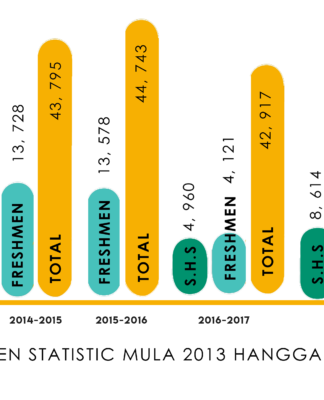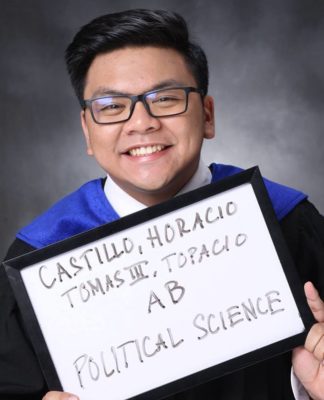WITH a 15 percent tuition increase in the offing, Thomasian student leaders are pressing the Administration to justify the increase and to be more transparent.
VJ Topacio, Alliance of Concerned Thomasians (Act-Now) chairperson, said the Administration has failed to inform the students where the last tuition increases went.
Last year, tuition was increased by 10 percent while school fees, such as the library fee, energy fee, and matriculation, went up by as much as 60 percent.
However, Vice Rector for Finance Fr. Roberto Pinto, O.P. said last year’s tuition increase was due to the University’s huge expenses for infrastructure projects such as the Thomas Aquinas Research Complex and the Power Sub-station and the increase in the salaries of non-academic employees and faculty members.
With the yearly tuition increase, Topacio said UST seems to defeat its mission to help the students, especially the poor but deserving ones, to avail of a Thomasian education.
UST may be considered an elitist school like De La Salle and Ateneo because of its high tuition, he added.
Antonio Calonge, Anakbayan chairperson, said that not all Thomasians could afford to pay very high tuition, especially now that the country is in economic turmoil.
Aside from the impending 15 percent impending tuition increase, the medical and dental fees are also expected to go up by 68 percent.
With the increase in medical and dental fees, incoming Pharmacy Student Council president Joselito Anin challenged the administration to improve information dissemination to make Thomasians aware of their health services privileges.
“The students must have the initiative to maximize the benefits offered by the University,” added Marlon Vargas, external vice president of the College of Education Student Council.
Meanwhile, the Reserved Officer Training Corps (ROTC) fee will be converted to the National Service Training Program (NSTP) fee which will increase by as much as 19 percent. All incoming freshmen students, both male and female, will be required to pay the NSTP fee.
Calonge, however, said that it is irrational to pay the NSTP fee if students are against the program. Anakbayan was one of the student groups that supported the call for the abolition of ROTC.
Irvin Paulo Tapales, Arts and Letters Student Council president, agreed with Calonge. He said the administration must explain well where the fee will go.
In addition, Tapales said he hopes for an improvement and better maintenance of the school’s facilities such as air conditioning, toilets, and organizational rooms.
The administration has refused to comment on the issue until its consultation with the Central Student Council on Feb. 23 at the Rector’s Conference Hall. Girard R. Carbonell















